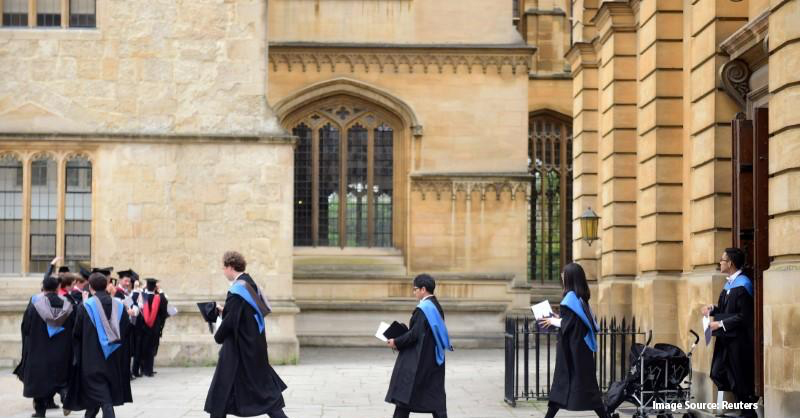The success of Oxford University’s $1 billion bond, the first in its 1,000-year history, is good news for Britain’s top academic institutions. And this comes at a time of anxiety when over Brexit-related funding shortfalls and calls to scrap student tuition fees.
The 100-year bond, launched on December 1 with a 2.5 percent coupon, has taken the market for deals for UK universities and colleges to a new level on a par with such big U.S. names as Harvard and Yale. That is cause for celebration for peers contemplating bond sales, even if their credit scores are less impressive than Oxford’s gold-plated triple-A rating.
Uncertain time for Britain’s academic institutions
The cost of student tuition fees, which make up almost half of UK universities’ revenues, has been catapulted to the top of the political agenda by young voters who deserted Britain’s ruling Conservative party in a snap election in June.
Britain’s plan to leave the European Union in March 2019 is also weighing heavily. The other countries in the EU send around 58,000 students, or 8 percent of undergraduates and 15 percent of postgraduate students, to the ‘Russell Group’ comprising 24 top tier universities in the United Kingdom. Around 25,000 of their staff come from other EU countries, too.
Once Britain leaves, these institutions could also lose their places on EU-funded research projects after 2020.
Learning the curve
Some 36 British universities, including University College London, Edinburgh, Swansea, Bangor, Newcastle and Oxford, have borrowed almost 3 billion euros ($3.52 billion) from the EIB over the last decade to fund campus upgrades.
That’s more than any other country and almost double the 1.7 billion that went to Germany and 1.5 billion to France.
Last year alone, the EIB lent 671 million euros (590.21 million pounds) to UK universities.
But unless EU treaties are amended, Britain will have to leave the EIB after Brexit.

